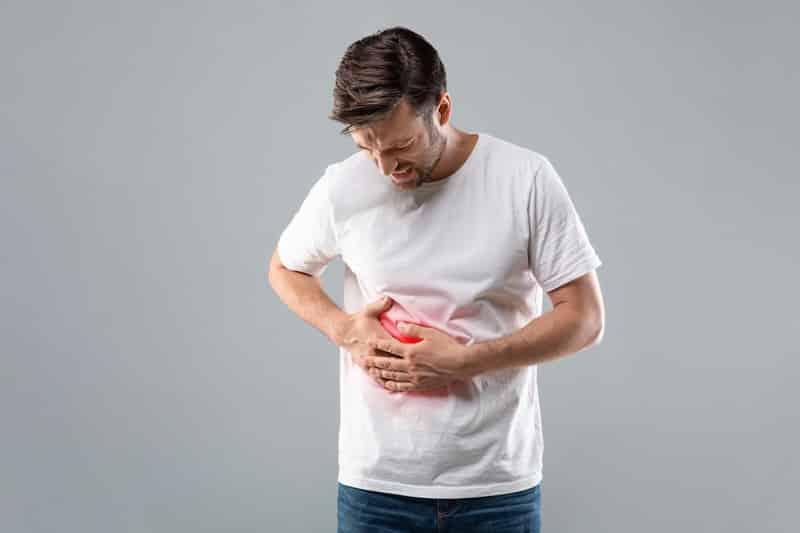Polycystic Liver Disease

You might not think of your liver very often, but this important organ performs several crucial functions. The liver filters toxins from the blood, produces bile to help digestion, and stores nutrients and energy. Normally, the liver has a smooth, uniform appearance. But in some cases, cysts can form and cause the liver to become enlarged and lumpy. This condition is called polycystic liver disease (PLD).
Polycystic liver disease is a rare condition that is caused by an overgrowth of cells in the liver. These cells form cysts, which are fluid-filled sacs. Cysts can grow independently in different parts of the liver, or they can be clustered together.
The exact cause of polycystic liver disease is unknown. However, it’s believed to be linked to an underlying genetic condition or disorder. Some people with polycystic liver disease have a family history of the condition. People with certain genetic conditions, such as autosomal dominant polycystic kidney disease (ADPKD), are more likely to develop polycystic liver disease. This condition has also been associated with certain acquired liver diseases, such as hepatitis C infection and non-alcoholic fatty liver disease. Polycystic liver disease can sometimes lead to liver failure or cancer.










